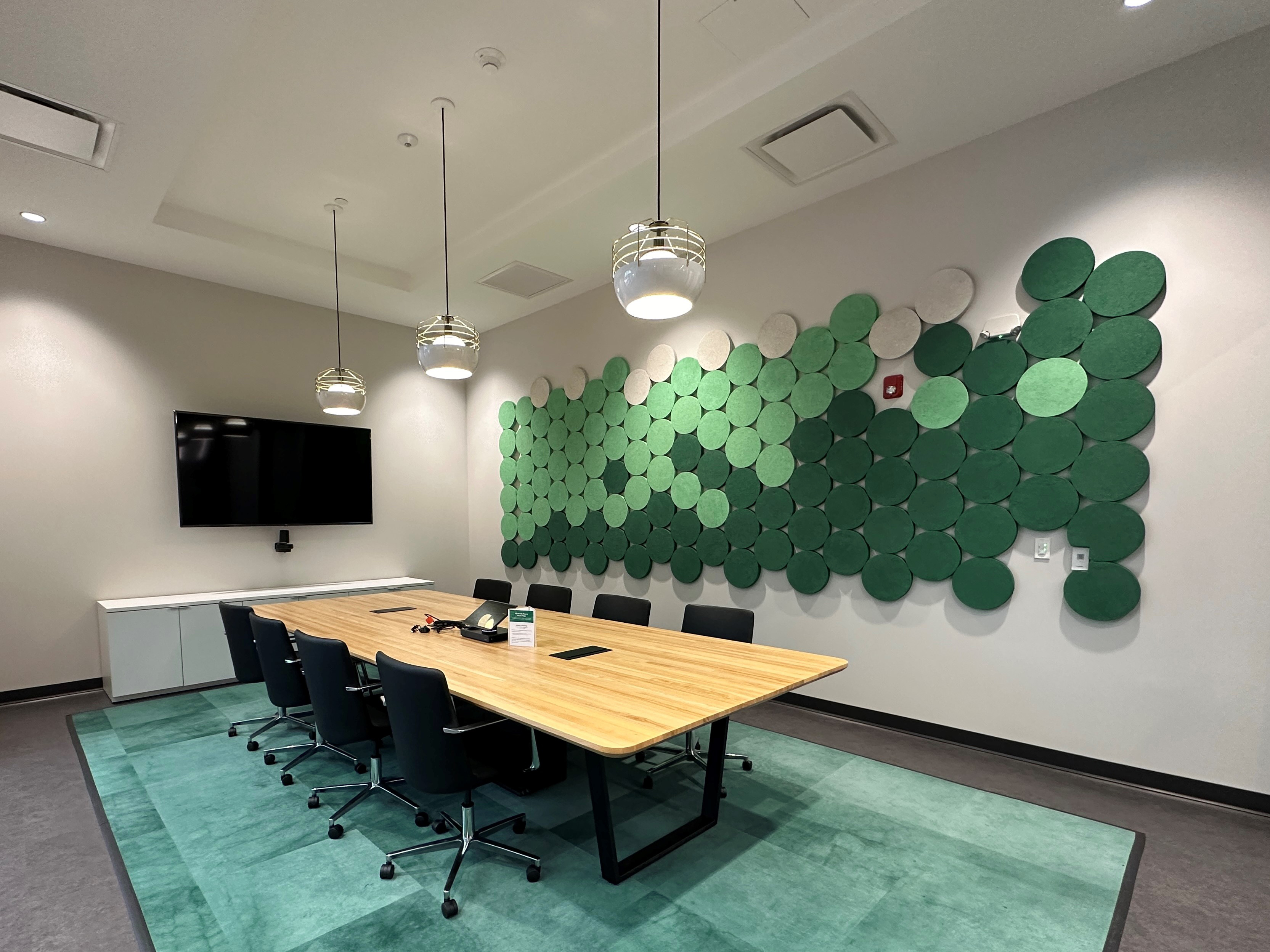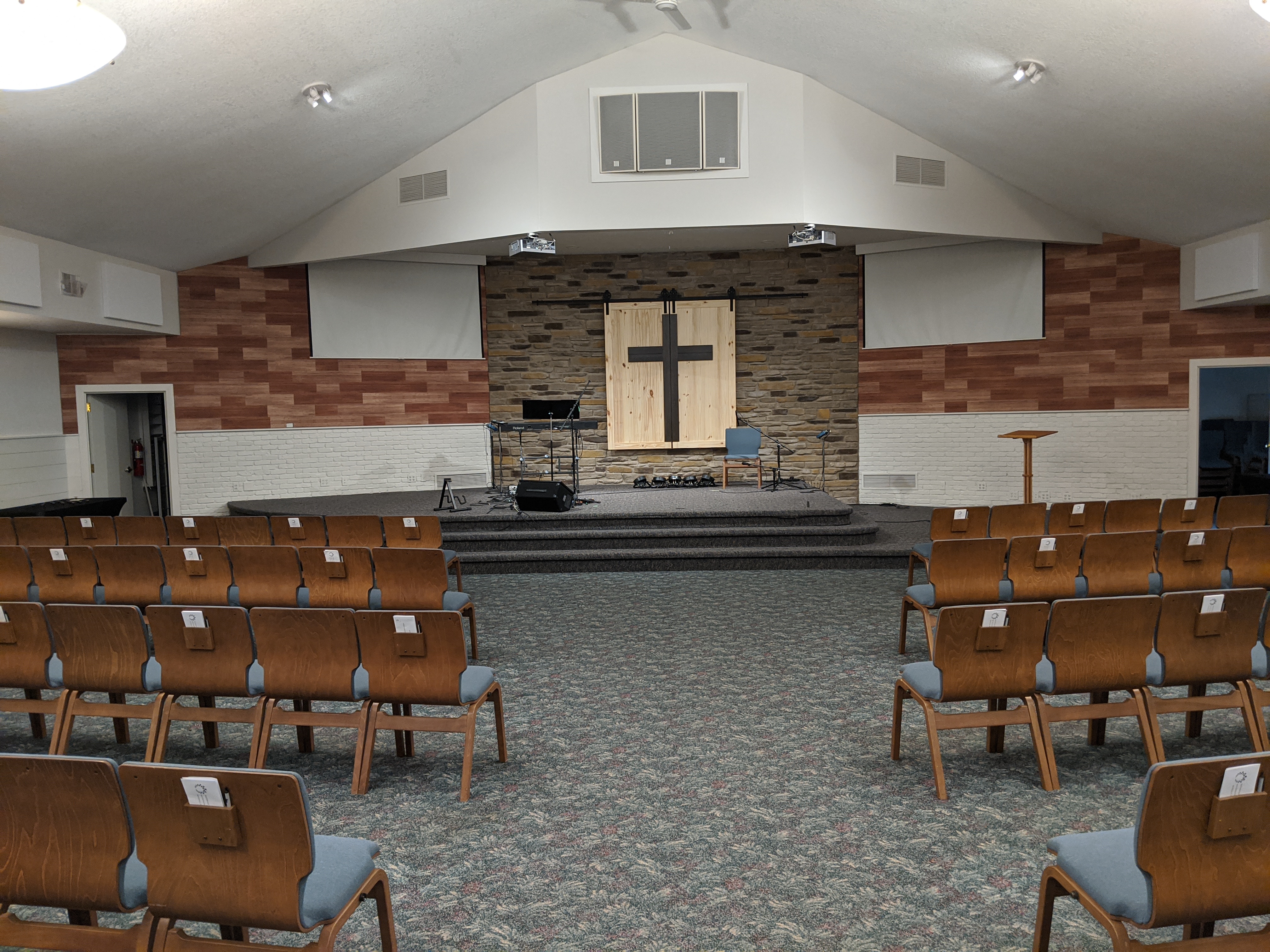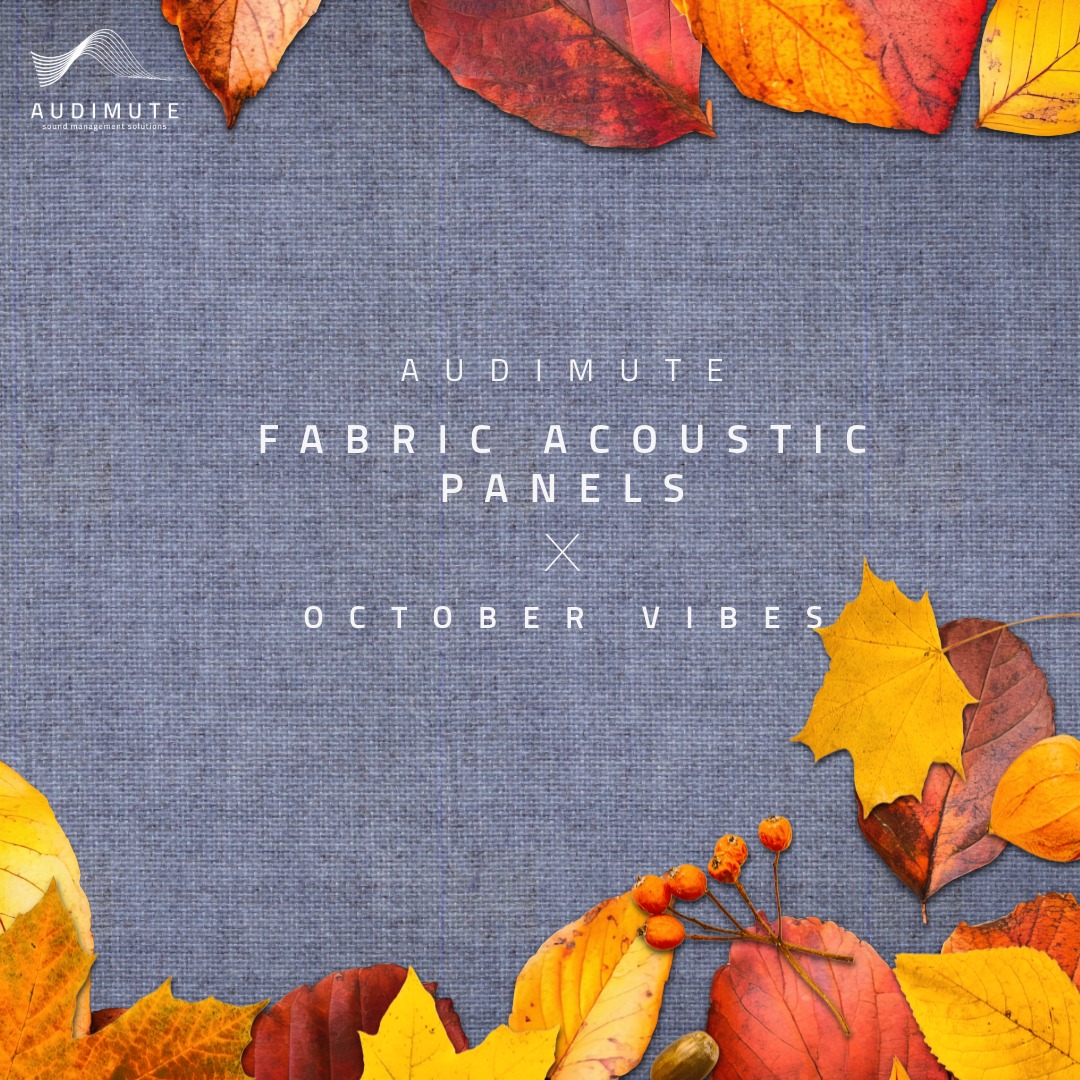How Dematerialization Sabotages Your Acoustic Environment
- Mar 2, 2017
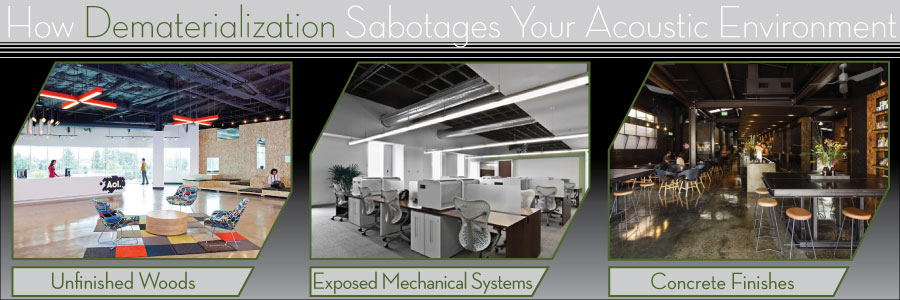
Last week we discussed how modern design trends can negatively influence your acoustic environment. These trends included dematerialization, green building and exposed systems. Over the next few posts we will examine each trend and how it affects your work space. We will also explain how we were successfully able to implement each trend without compromising our acoustic environment. This week we will focus on: dematerialization and how it can negatively impact the sound in your space.
Dematerialization means reducing the amount of materials used to create a space while still allowing it to fulfill its designated purpose. This trend is the result of today’s technological era in which we focus on subtracting materials from things to improve their capacity and performance. Dematerialization features elements such as: raw concrete, original brick, exposed ceiling structures and unvarnished wood.
Dematerialization adds modern character to a space but it can be detrimental to acoustic quality. Dematerialization requires the removal of many acoustically absorptive elements in a space, such as carpet, wall coverings and ceiling tiles. Without these traditional absorptive materials, sound waves are forced to reflect off of the unfinished surfaces. The reflection of sound waves against hard surfaces will create an intense pressure forcing sound to amplify in volume.
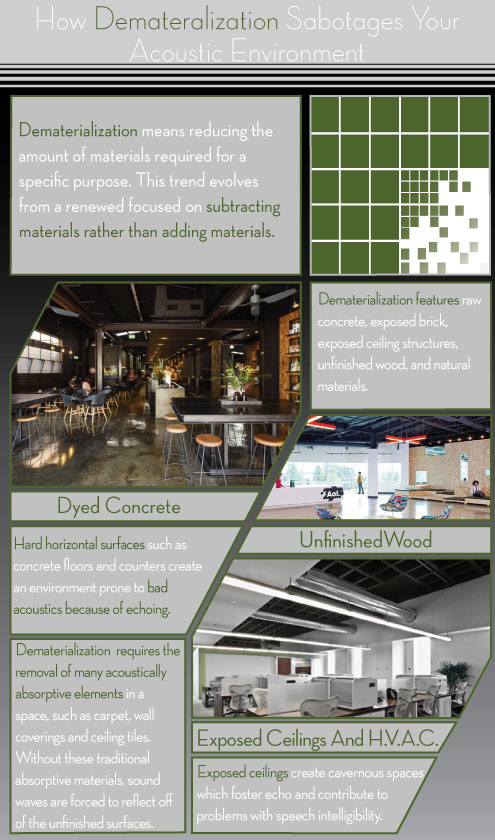
Our office remodel involved many elements that were inspired by the dematerialization trend. During our renovation we stripped down our walls, took out our carpeting and removed our drop ceiling. Our office looked bare yet chic but the sound quality was horrific. Conversations across the room were incomprehensible and the echo was unbearable. Unfortunately, our newly dematerialized space was not fostering a productive work environment.
So, we had to make a change that would not compromise the integrity of our design but would allow our co-workers to concentrate. We covered our unfinished floors with a bold carpet design. Then, we installed a finished drywall and painted one feature wall an electric green color that features our logo. The logo was custom cut from our trademarked eco-C-tex product and is a bold décor statement that is acoustically effective. Finally, we approximated the acoustical benefits of a drop ceiling by installing faceted acoustical clouds which lowered the ceiling height and helped to absorb the unwanted echo.
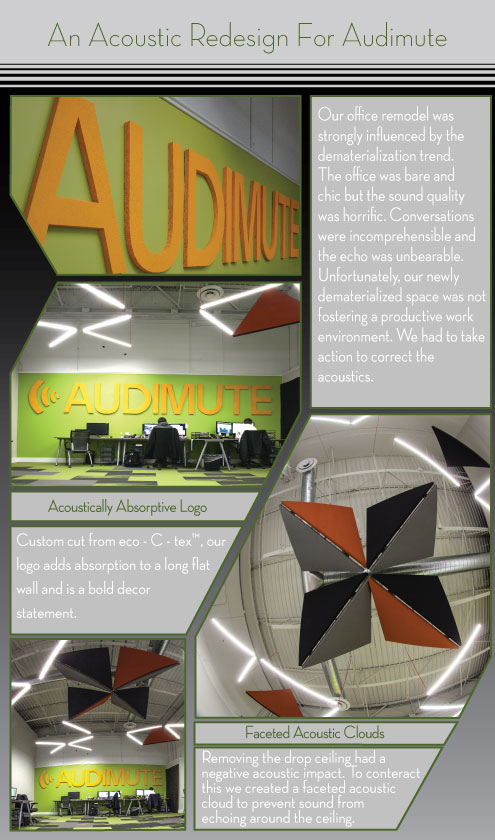
Based on our experience, we recommend selecting one aspect of this trend and featuring that in your space. This will keep your design sleek and modern without sacrificing the sound quality in your space. Come back next week for our discussion of environmentally conscious building trends and how they can influence the sound in your room.






